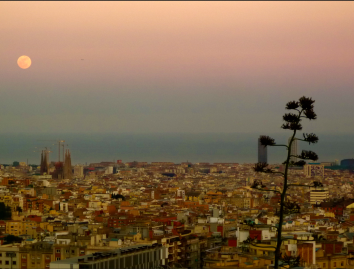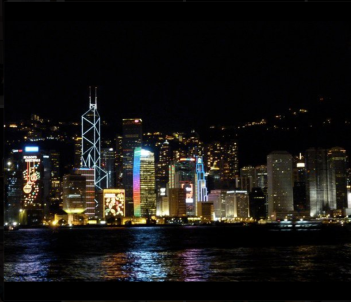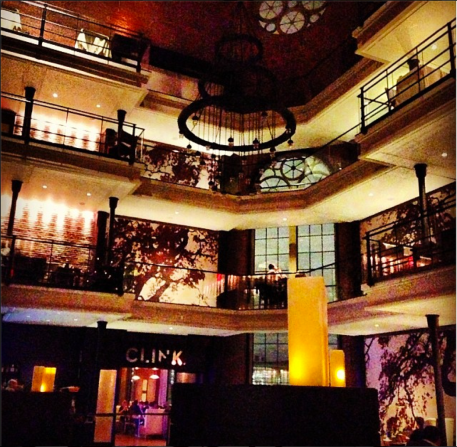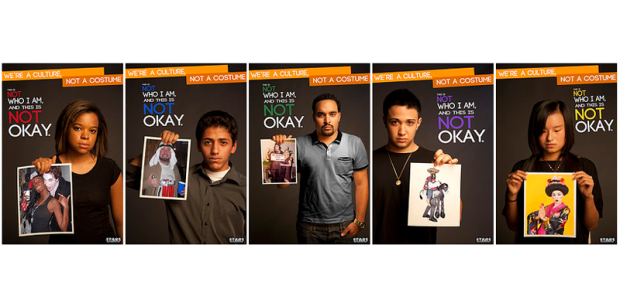Several days ago, I had the privilege of meeting residents of Beit Ummar. A friend organized a tour of the town and surrounding area, with the proceeds going to a local development organization supporting farmers, women’s cooperatives, and others. With sixty to eighty percent of Beit Ummar said to be unemployed, and its infrastructure dilapidated and eroding in plain sight, it was painfully clear that the town desperately needs the services of such an organization.
Our guide that day was someone quite high-up in Palestinian civil society. He took us around, pointing out roads that simply fade into sand and rocks as Area B becomes Area C. This is but one sight of how the Occupation’s restrictions have contributed to a stranglehold on commerce and normal construction in Beit Ummar.
He showed us a field where teargas frequently flows through the air, supposedly with no justifiable provocation. We were standing right by a dense cherry orchard owned by Jewish settlers, while a small distance away, Palestinian children popped their disheveled heads out from rooftops. I waved to them; they waved back enthusiastically.
He also took us to a small gathering place where community members welcomed us so warmly and served us Arabic coffee on the porch. Beneath a gorgeous blue sky and with a constant, refreshing breeze, he told us how thirty residents in that small part of the neighborhood are sitting in jails of the “Zionist Occupation forces.” I had asked him earlier if he sometimes used the word “Israel,” to which he unabashedly replied that he’ll never recognize the “Zionist entity” as “Israel.”
By then, this man’s charisma had somehow had a curious effect on me. I realized I wasn’t experiencing any knee-jerk reaction I have felt toward those who would be so counterproductive as to reject Israel in toto. Under that blue sky, my narrative that Israel be recognized for both its bad and good elements seemed to fall away. Not suppressed, but rather it was somehow at rest…
I was drawn in as the man spoke of a time when he was tortured, out of the roughly twenty times he has been jailed. One of his captors, a mid-aged Israeli, whispered in his ear: “I support what you do, but I need to earn this money.” In the warped reality of that jail cell or interrogation chamber, the captive saw this as reaching out, a gesture. In his mind, numerous “excuses” surfaced to justify his own captor’s actions because he too is human. Giving the benefit of the doubt to a fellow human being.
In listening to this story, I felt he truly understands the very essence of “humanizing the other.” I could feel my ears—my heart—make way to listen to more.
But what else can I say? It wasn’t all rosy. I was later disappointed to find out that his views don’t stop at branding Israel an apartheid state. In his calm, uncondescending words, I started to smell the faint scent of mold—a mold of polemical thought, flowering into such claims as Tel Aviv being Yafa. Ashkenazim are Khazars, not Semites. If Jews have any right to the Holy Land, so should Persians, Romans, worldwide Christians (because Jesus was from here), and others. As a guest, I could not easily call out a hygienic problem in someone else’s home…
Some days later, I still keep thinking about my guide. I cannot wave away my disquiet about how deeply the man seems to reject the Israeli-Jewish narrative, thereby entrenching the Occupation in his own right. This, I keep thinking, is the very mentality that Israelis fear at their core. The real or imagined idea that, if given the chance, Arabs would clear away Jews from the Holy Land because they, as many believe, fundamentally do not belong here. I also keep pondering the genuine connection he said he felt with his Israeli captor and the comforting goodness of that story.
So how can I hope to distil anything from all this? Perhaps merely that people are not monochromatic. They can carry many contradictory elements. But to those who have read this far: I just can’t shake the feeling that he truly needs to change. Similar to how I can’t shake the feeling that Israel’s approach to “security” beckons its own destruction.
I sometimes chuckle though… look at me, never having gone through a shred of what an Israeli or Palestinian has, pondering who or what needs to change.



